3dCase
Well-known member
Ok so this has been a bugbear of mine for a while, and now I decided to throw it here in the group to see how other voron owners think of this.
The industrial producers of fdm machines always beat their own drums about reliability, repeatability, accuracy and speed of their machines.
I have always maintained that they are selling mostly hot air, if you keep to these criteria.
There are some machines capable of high tech materials which are hard to do, if at all, on most desktop machines. One thought is PEEK.
But if we are speaking on those mentioned criterias above, I would argue they simply cannot beat our home build vorons, because their systems, both mechanical, electronic and software, are all the same. Yes they might take klipper or a mix of any of the others, build it in and close it off, but it is basically the same thing with another badge and colour.
The hardware again is exactly the same. Belt drives with polymer toothed belts driven by standard steppers. Very rarely have I seen such machine with a ballscrew for instance.
Yet they sell for thousands if not tens of thousands, and the speeds they claim they can run is nothing special also.
I was once on an exhibition for machine building and innovations, which had a fdm section, and one producer showed off a series of machines and printed parts. Their large format printer, costing 25000 euro, had a motorcycle frame part in it, and the wuality was a disaster. When confronted he agreed they should not have displayed it.
I read this article from a canadian source (VPN on a canadian server might be needed) and this is a particular extract which irked me:
Desktop 3D printers are used in rapid creative development, education, and small business prototyping. Their function enhances the larger ecosystem, but sustained investment in industrial-level robustness and dependability is essential to Canada’s competitiveness going forward. “
Personally I think this is misleading at best and a plain lie at worst.
Source: https://ground.news/article/2025-hi...tm_source=mobile-app&utm_medium=article-share
So I honestly like to know what is the general consensus here on this subject?
The industrial producers of fdm machines always beat their own drums about reliability, repeatability, accuracy and speed of their machines.
I have always maintained that they are selling mostly hot air, if you keep to these criteria.
There are some machines capable of high tech materials which are hard to do, if at all, on most desktop machines. One thought is PEEK.
But if we are speaking on those mentioned criterias above, I would argue they simply cannot beat our home build vorons, because their systems, both mechanical, electronic and software, are all the same. Yes they might take klipper or a mix of any of the others, build it in and close it off, but it is basically the same thing with another badge and colour.
The hardware again is exactly the same. Belt drives with polymer toothed belts driven by standard steppers. Very rarely have I seen such machine with a ballscrew for instance.
Yet they sell for thousands if not tens of thousands, and the speeds they claim they can run is nothing special also.
I was once on an exhibition for machine building and innovations, which had a fdm section, and one producer showed off a series of machines and printed parts. Their large format printer, costing 25000 euro, had a motorcycle frame part in it, and the wuality was a disaster. When confronted he agreed they should not have displayed it.
I read this article from a canadian source (VPN on a canadian server might be needed) and this is a particular extract which irked me:
“Industrial vs. Desktop: The Performance Divide
2025 has clearly underlined the fact that there is a widening gap between desktop and industrial 3D printers. Industrial-grade systems dominate Canadian manufacturing for the three crucial factors: precision, scale, and repeatability. Agile Manufacturing Inc. and other Canadian leaders provide volume production of critical components, adhering to stringent quality standards for sectors such as aerospace and medical devices.Desktop 3D printers are used in rapid creative development, education, and small business prototyping. Their function enhances the larger ecosystem, but sustained investment in industrial-level robustness and dependability is essential to Canada’s competitiveness going forward. “
Personally I think this is misleading at best and a plain lie at worst.
Source: https://ground.news/article/2025-hi...tm_source=mobile-app&utm_medium=article-share
So I honestly like to know what is the general consensus here on this subject?

